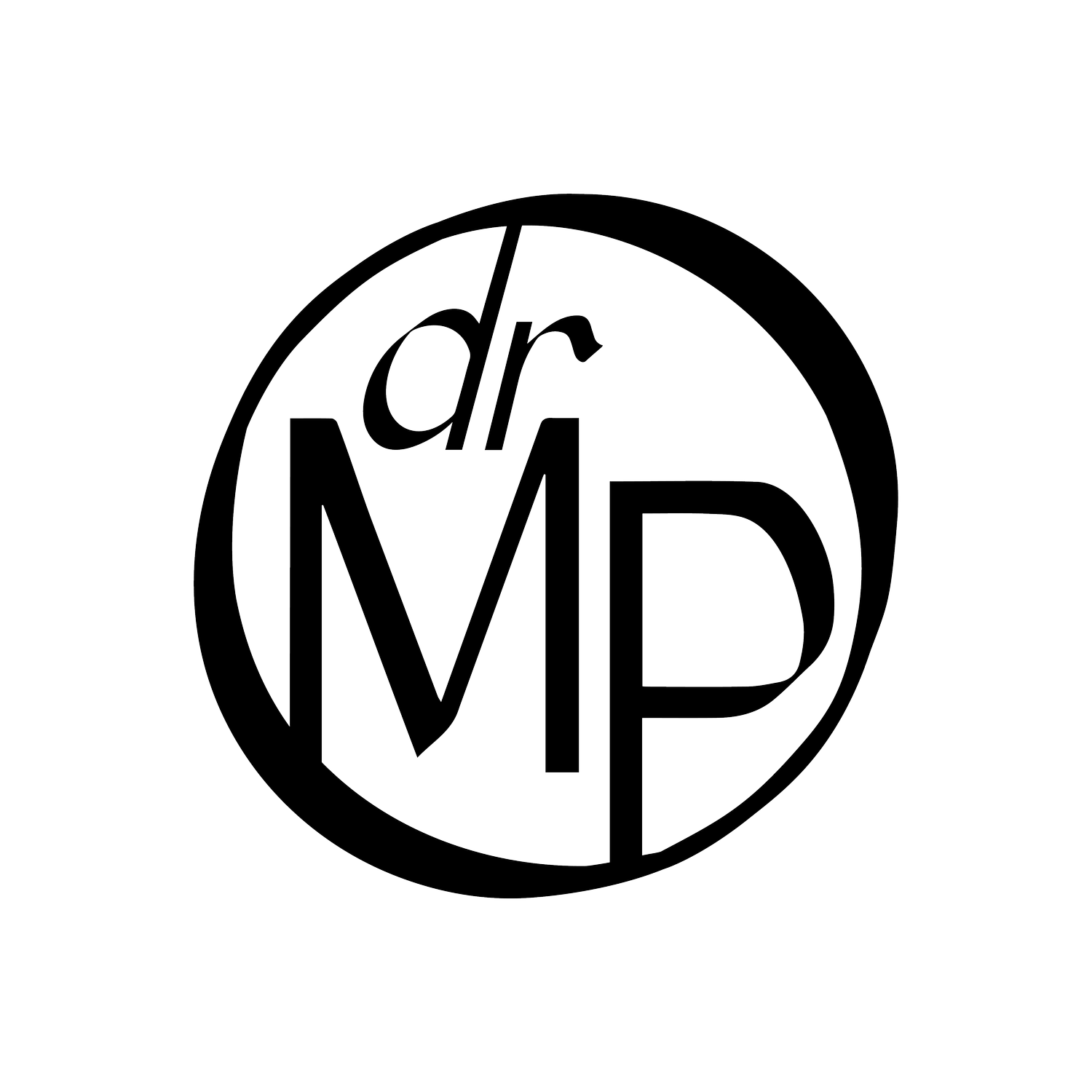What Does It Mean To ‘Spiral Up’?
You may have already heard me throw around the phrase ‘Spiral Up’ here or there (it’s also front and centre on the homepage of this website). But what the flip does it actually mean? That’s what I want to do here: clear the air, put up some guardrails and spell it out for you. Why? If you’re planning on sticking around, it’s not just a phrase you’ll get used to – it’s an entire way of life.
Everyone has experience trauma (yes, everyone) – it’s a normal part of life
If we start from this premise, it’ll make the rest of Spiral Up much easier to digest! It’s also the foundation for any trauma-informed practice, which is the work I do. It essentially assumes that everyone is more likely than not to have a history of trauma, whatever that might look like (and it can look like so many different things).
Big ‘T’ and little ‘t’ traumas
One of my favourite ways to think about it is in terms of Big ‘T’ trauma and little ‘t’ traumas (yes, there is a difference):
Big ‘T’ traumas are the events and experiences that cause significant psychological damage, like violence, abuse, natural disasters, etc. They tend to be what most people think of as trauma, but they’re not the only type.
Little ‘t’ traumas are the events and experiences that don’t cause as much distress as big ‘T’ traumas and tend to affect you on a personal level. For example, a breakup, job loss, etc.
This doesn’t mean that small ‘t’ traumas aren’t as bad. In fact, they can actually compound over time to be way more damaging than one big ‘T’ trauma. Yet they’re often the things we tell ourselves to ‘get over’ or ‘sweep under the rug’ because ‘everyone goes through this so it’s not that bad’.
There’s so much support out there for working through big ‘T’ traumas – medical care, psychological treatment, art therapy – but what about the small, yet quite insidious, stuff?
*Spiral Up has entered the group chat*
As someone who survived childhood trauma and only started actually processing it in the last 5 years, let me tell you: the small things make the biggest difference! This is true for healing your trauma and for getting creative.
Spiral Up is the process I’ve honed over decades of research and creative exploration. It’s the spiralised path I’ve taken, time and time again, when life has thrown me a curve ball. It contains the recipe for taking a painful experience and turning it into a beautiful, artful or purposeful creation in the world.
But here’s the kicker… while you’re busy working away on bringing a creation to life, YOU also go through the same process. It’s called posttraumatic growth and it offers an alternative view of trauma: it’s possible to experience positive psychological change after trauma, aka, growth. Aka, not every encounter with trauma leads to a downward spiral!
Using creativity as a coping mechanism
I said what I said. YES – you can use creativity as a coping mechanism when things get too ‘real’. But not necessarily in the way you might be thinking of it: kinda like how trauma has been conflated with disaster, creativity has been confused with Art for too long. Art is one possible product of creativity, but creativity is the process that sits behind it (check out my About page for a sweet diagram about this).
After trauma, creativity (as a process) puts you back in control in an otherwise out of control situation (your inner landscape, that is). It gives you an anchor to explore your new identity, process intense emotions and adapt to things as they arise. It can empower you to take the broken shards of your life and piece them back together again in a better way (if you’re willing and have the right support).
Is Spiral Up a – brace yourself for a buzzword – transformation from A to B? Erm, no.
This isn’t about changing YOU – trauma has already done a great job of that, lol. So I’m sorry to disappoint all the life coaches out there, but Spiral Up is a transmutation from pain to creation.
Transmutation literally means changing from one form to another. In this context, it’s changing your pain from this heavy energy inside of you and putting into something outside of you that’s going to help make the world a better place.
That could be a painting, a business, a book, a dance, a song, a menu, a bookcase… it actually doesn’t matter what form it takes. What’s most important here is the spiral – that iterative, up and down, round and round process you go on to get there. And that’s what I’m here to teach you.
I’ll be back soon with more, but for now…
Make sure you follow me on Insta and pop your name on my mailing list (footer of this website). But get ready – you haven’t seen ANYTHING like this before!

